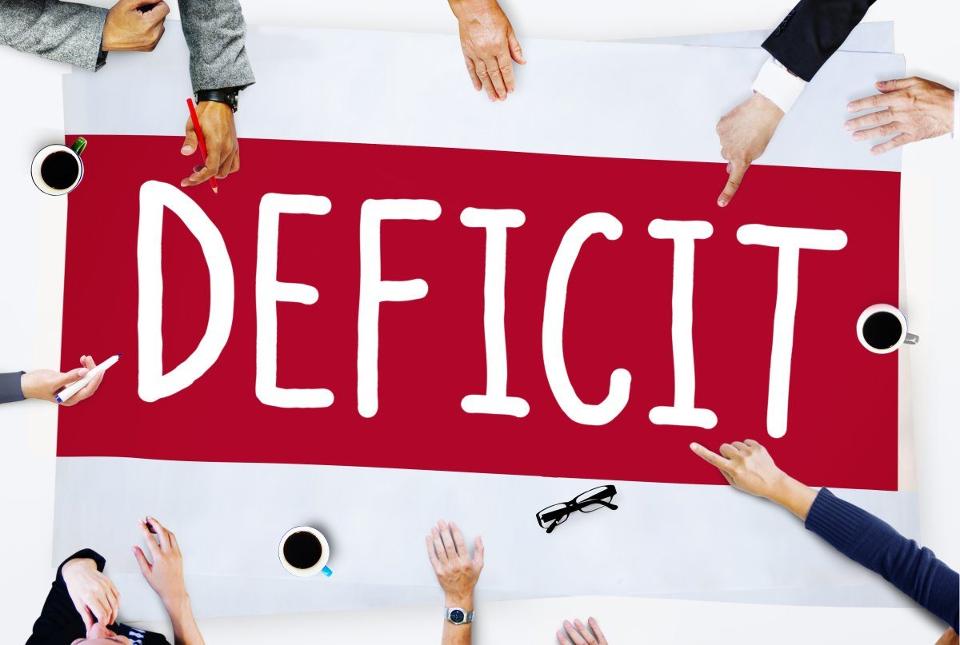The government’s pension rescue lifeboat has seen the deficit of safeguarded schemes tumble into the red by tens of billions of pounds.
The Pension Protection Fund manages pensions for companies that have gone bust.
The latest data shows 5,450 pension funds are under protection. The deficit has slipped from £26.1 billion at the end of July 2018 to £90.7 billion a year later.
The figures also show a massive increase of nearly £40 billion in just a month from June 30.
Funding levels have also dropped from 97% to 95% over the same time. A year ago, the funding level was 98.4%.
Shares and gilts blamed for poor performance
PPF assets total £1,730 billion against liabilities of £1,820 billion.
Out of the 5,450 schemes under protection, 3,396 were in surplus and 2,054 in deficit – with the deficit schemes £218.8 billion in the red, compared with £189.3 billion at the end of June.
“Equity markets and gilt yields are the main drivers of funding levels. Liabilities are sensitive to the yields available on a range of conventional and index-linked gilts. Liabilities are also time-sensitive in that, even if gilt yields were unchanged, scheme liabilities would increase as the point of payment approaches,” says the PPF monthly analysis report.
“The value of scheme assets is affected by the change in prices of all asset classes, but owing to the volume invested and the volatility, equities and bonds are the biggest drivers behind changes; bonds have a higher weight in asset allocation, but equities tend to be more volatile.”
How the rescue works
Failed workplace direct benefit schemes are taken up by the PPF to safeguard pension payments and future rights of savers in the schemes.
The PPF has almost 250,000 members and has seen funds from firms like Toys R Us, Carillion and Hoover enter protection in recent years.
Benefits for schemes with the PPF are reduced. Workers already receiving pension benefits when a scheme is taken up by the PPF will see no change, but most claiming after the event will receive only 90% of their expected pensions, while high earners have a cap on how much they can withdraw each year.
